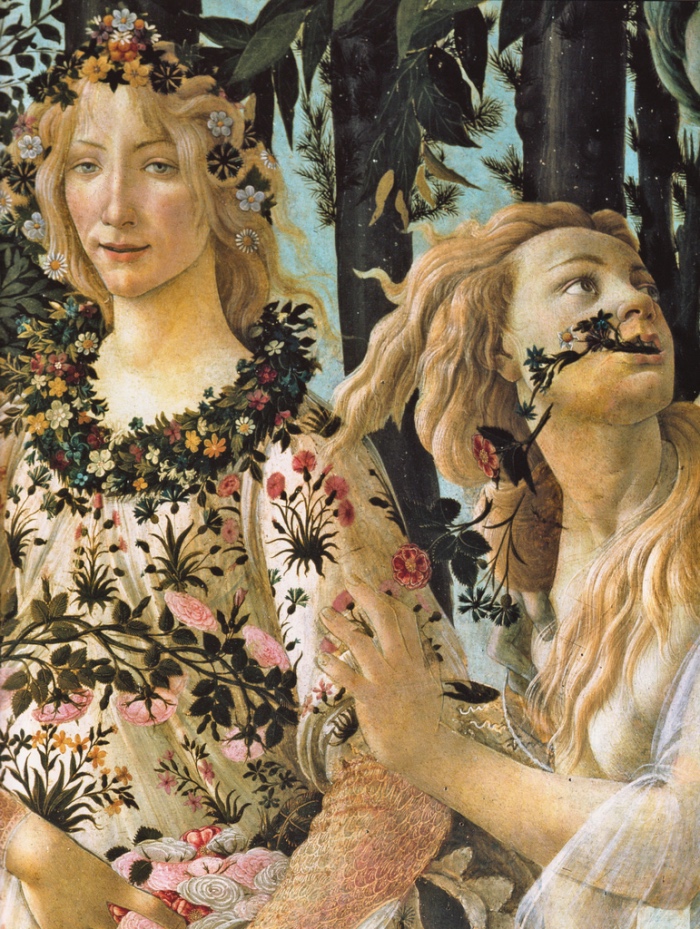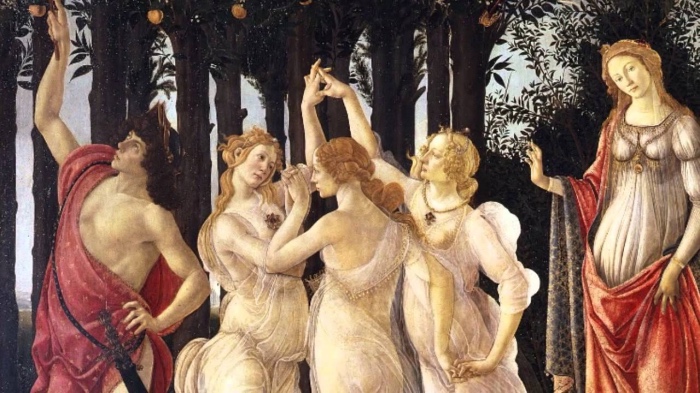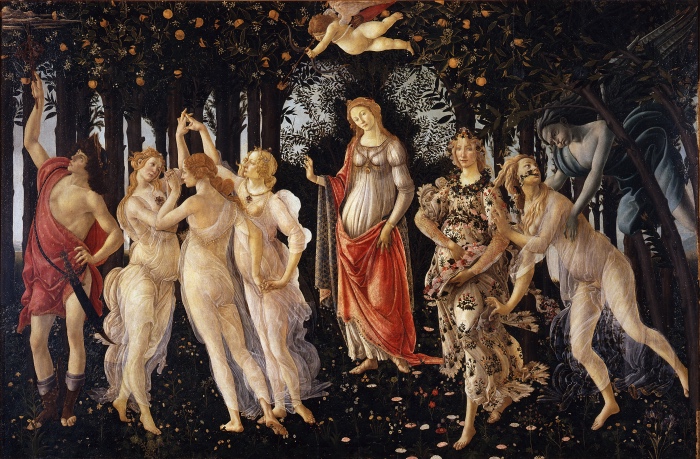
MEANING OF BOTTICELLI’S PRIMAVERA: DESCRIPTION, CHARACTERS
I have wondered many times which the true meaning of Botticelli’s Primavera could be, a work that after hundreds years from its creation still exerts a great fascination on a wide public.
After the post the Birth of Venus and Botticelli’s muse it was time to describe the other great masterpiece by Botticelli, The Primavera.
There are neither documents about the origin of this painting nor about who the patron was, even though he was maybe Lorenzo di Pierfrancesco de’Medici, cousin of Lorenzo il Magnifico (the Magnificent). However, we can try to the read the artwork and develop some hypotheses.
Are you ready to enter Botticelli’s masterpiece along with me? Let’s go!
Botticelli’s Primavera: all informations
On the YouTube channel of The Art post Blog, I publish a video a week on museums, masterpieces and cities of art. Watch all the videos uploaded and subscribe to the channel.
Botticelli’s Primavera is one of the most famous works in the Uffizi Gallery and is now housed in a room where you can admire the birth of Venus and the Calumny of Apelles as well.
Origin and patron of the Primavera are still a mystery, but what is certain is that the painting never left Florence. In 1498, in fact, it was on display in the palace of Lorenzo di Pierfrancesco de’ Medici’s, while from a description by Giorgio Vasari we know that in 1450 the work was on display in Villa di Castello.
To see Botticelli’s Primavera it is necessary to reserve the entrance at the Uffizi. My advice is to book the ticket in advance to skip the line.
MEANING OF BOTTICELLI’S PRIMAVERA: CHARACTERS
The characters of Botticelli’s Primavera were identified for the first time at the end of the 19thcentury.
On the right is Zephyr, spring wind, chasing the nymph Chloris, whom he loves, who transforms into Flora, the woman wearing the flowery dress and who is the representation of spring.
In thecentreof the painting stands Venus, symbol of Love. She manages the events of the scene!
On the left the Three Gracesjoin hands in a dance, while next to them Mercury chases away the clouds in order not to ruin spring.

MEANING OF BOTTICELLI’S PRIMAVERA: DESCRIPTION
The meaning of Botticelli’s Primavera is still a mystery.
In fact, it’s a work which can be read according to different levels of interpretation: mythological, philosophical and historical.
Botticelli’s precision in portraying many species of flowers and plants (190 types of different plants!) hides a complex symbolism and connected to marriage. In fact, the blue cornflowers on Flora’s head can refer to a beloved woman, while the orange blossoms on the trees are the symbol of marriage.
For this reason scholars have hypothesized that the painting was painted to celebrate the marriagebetween Lorenzo di Pierfrancesco de’ Medici and Semiramide Appiani.
The Three Graces, instead, might represent the three aspect of Love, according to Neoplatonic philosophy: Chastity, Beauty and Pleasure.
According to another hypothesis, the painting is a calendar of the months of spring and summer.
Zephyr would represent February and Mercury would be September, in the middle a triumph of the best months of the year and the celebration of an everlasting spring.
This masterpiece, which is one of the symbols of the Renaissance, has been variously interpreted.
Which interpretation does persuade you more? And which meaning would you attribute to the painting?

La Primavera di Botticelli – Image source: www.cgentertainment.it
READ ALSO – The Uffizi Gallery: works, tickets, history and everything you should know

READ ALSO – The Uffizi Gallery in Florence


How can you say “a work that after one hundred years from its creation still exerts a great fascination on a wide public“??? … when the painting was made in the 1490’s, therefore unless you were posting this blog around A.D. 1580, it is a very sad and careless choice for an opening paragraph!
Naturally it was a mistake in translating the original text, written in Italian.
Thanks for pointing this out.
Now you read “after hundreds years” 🙂
I think Mary, appropriately centered, is represented by Venus. See how the branches arch over her, forming tracery like in a Gothic church window? She gestures toward the Three Graces, a trinity of sorts. Is she referring us to the relationship between the Christian holy trinity and the Pagan Three Graces? Flora has a straight-on gaze and enigmatic smile; perhaps she’s proud to have escaped Zephyr’s grasp; another reference to the power of the feminine.
There are only two males in the painting, and they are at the sides. Mercury seems disinterested in the goings-on, picking an orange to eat.
In the end, I have to interpret it as homage to the power of women to whom men are simply peripheral.
🙂
To add a little more context in translating this story we must interject cultural context of the time. The. Observe a few symbols upon each of the figures.
First in context the painting needs to be read right to left. This becomes clear as you move over the transition of Flora as she prayed to be saved.
This is then reinforced by the growth and bloom of the flowers on the ground.
Then add the context of the bell towers of the duomos Turkish influence. This list goes on and on. Read it as if read right to left.
The blessing of Venus/ Mary upon the graces.
The symbols of the cities of Genoa, Venice, and Pisa on the graces.
The king of Naples depicted holding back the storm dressed as mercury.
Not to mention Giovanni’s mistress.
But, the simplest read is the story of how with blessings, love, and answered prayers the city of Florence was saved when Genoa offered to help Lorenzo sail to Naples. Meet with the king that held back the storms of war. Saving the city and providing a new spring on life. Prima Vera.
Oh and the thousand flowers are only flowers native to Firenze. Some say to represent all the people of the city. And yes of the city must be read in culture context of the term.
Love what’s written above.
Thank you very much for these details. They provide interesting elements for reading the work 🙂